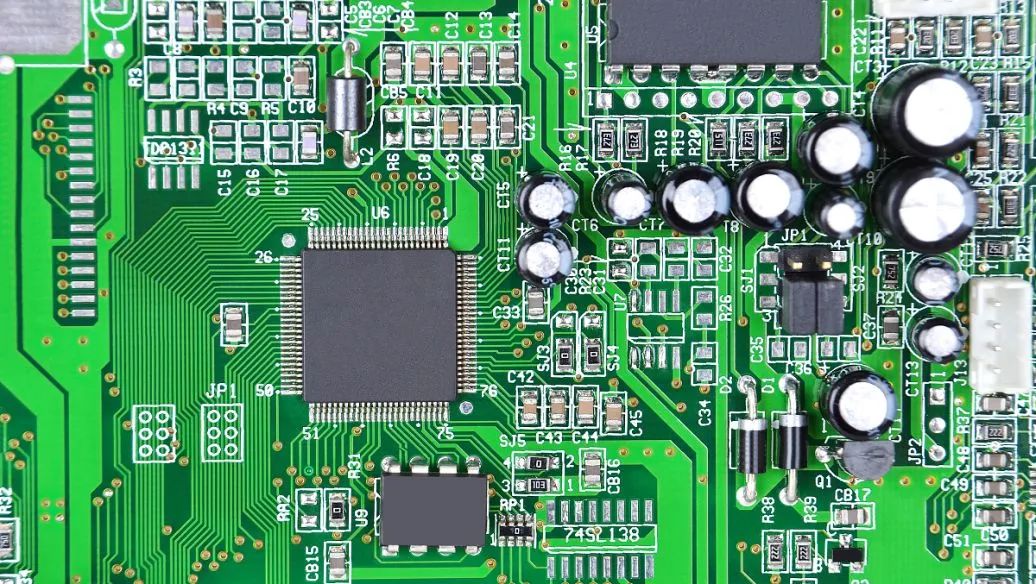Aramid: an important material in the 21st century!
Introduction to Aramid
Aramid refers to a high-tech synthetic fiber made from aromatic compounds as raw materials through polycondensation spinning. Its full name is aromatic polyamide fiber. In 1974, the United States Trade Federation named it “Aramid fiber”, referred to as AF. Its definition is: at least 85% of the amide bonds (-CONH-) are directly connected to the carbon atoms in the two benzene rings. Aramid, carbon fiber, and ultra-high molecular weight polyethylene fiber are collectively known as the world’s three largest high-performance fibers.
Aramid fiber has excellent properties such as light weight, flame retardant, temperature resistance, insulation, radiation resistance, high strength, and high elastic modulus; it is widely used in military and national defense, security protection, aerospace, environmental protection, electronic and electrical materials and other fields.

Classification of Aramid
At present, the main products that achieve industrial production are meta-aramid (aramid 1313) and para-aramid (aramid 1414). The molecule of meta-aramid (aramid 1313) is a zigzag linear macromolecule composed of amide groups connected to meta-phenyl groups. In its crystal, hydrogen bonds exist on two planes, arranged like a lattice, thus forming a three-dimensional structure of hydrogen bridges; the macromolecular structure of para-aramid (aramid 1414) is an amide bond connected to the benzene ring. bit, forming a nearly rigid linear structure, which is a main chain polymer liquid crystal polymer. The chemical structures of the two are similar, but their properties are quite different and their application fields are different.
Meta-aramid has outstanding high temperature resistance, flame retardancy and insulation, and is mainly used in fields such as high-temperature protective clothing, electrical insulation and high-temperature filtration. Para-aramid has the characteristics of high strength and high modulus, and is mainly used in personal protection, bulletproof armor, mechanical rubber products, high-strength cables, asbestos substitutes, etc.

1. Meta-aramid
The full name of meta-aramid fiber is poly-m-phenylene isophthalamide fiber, commonly known as aramid 1313. It is known as “fireproof fiber”. It is an organic high-temperature resistant flame-retardant fiber with excellent comprehensive properties. It is a thermally stable fiber. High-performance fiber materials with high flame retardancy and good electrical insulation are widely used in fields such as safety protection, environmental protection and modern industry.
In the field of safety protection, protective clothing, protective gloves and other safety equipment made of meta-aramid can effectively resist high temperatures, flames, arcs and other operational injuries, and protect workers’ safety to the maximum extent. They are widely used in the military, firefighting, petroleum, etc. Electric power, forestry and other fields;
In the field of environmental protection, meta-aramid can be processed into needle-punched non-woven fabrics and woven filter fabrics, which are widely used in high-temperature flue gas filtration in cement, steel, road construction and other industries. The dust removal efficiency reaches 99.99%, which can greatly reduce air pollution. Emission of pollutants and achieve environmental protection, green and sustainable development;
In the field of modern industry, meta-aramid fiber is widely used in various types of high-temperature transportation equipment, power transmission equipment, electrical insulation equipment and other industrial production fields due to its temperature resistance, flame retardancy, insulation and other properties. It is an important component of modern manufacturing industry. Basic and key materials.
Chemical structural formula of meta-aramid

2. Para-aramid
The full name of para-aramid fiber is poly-p-phenylene terephthalamide fiber, commonly known as aramid 1414. It is known as “bulletproof fiber” and is one of the high-performance fibers with the largest output and the most widely used in the world today. In the automotive industry, para-aramid is an indispensable skeleton reinforcement material in automobile hoses, tires, and timing belts. It is an important environmentally friendly reinforced wear-resistant material in brake pads and clutch plates, especially environmentally friendly turbocharged vehicles. The application of aramid is irreplaceable; in the field of information and communication, the application of para-aramid has greatly promoted the development of the communication industry. Para-aramid is now used in almost all optical fiber cables, new mobile phone batteries and other information and communications products, which play an important role in accelerating the modernization of communications.
The development history of aramid
The main performance characteristics of aramid
Aramid fiber has excellent properties such as light weight, flame retardant, temperature resistance, insulation, radiation resistance, high strength, and high elastic modulus; it is widely used in military and national defense, security protection, aerospace, environmental protection, electronic and electrical materials and other fields.
1. Mechanical properties
The most significant characteristics of para-aramid are high strength and high modulus. Its strength is greater than 25 g/den, which is 5 to 6 times that of high-quality steel, 3 times that of glass fiber, and 2 times that of high-strength nylon industrial yarn; its modulus is It is 2 to 3 times that of high-quality steel or glass fiber, 10 times that of high-strength nylon industrial wire, and its toughness is 2 times that of steel wire. In addition, aramid fiber is light in weight, its weight is only about 1/5 of steel wire.
Comparison of properties between para-aramid and other high-strength fibers
2. Heat resistance
Aramid fiber has long-term thermal stability. Aramid 1313 has almost no loss of strength at 130°C. It can be used at 220°C for more than ten years. At 260°C for 100 hours, the mechanical strength still maintains 65% of the original value at 400°C. Begins to carbonize without melting. The heat resistance of aramid 1414 is better than that of aramid 1313. The shrinkage rate at 150°C is 0 and it does not decompose or melt at a high temperature of 560°C. The strength and modulus of nylon and polyester decrease as the temperature increases. The thermal performance indicators of each fiber material are shown in the table below.
3. Flame retardant performance
usually empty��, it can also be used to make rackets, skis, ski poles, sleds, bows and arrows, bow strings, fishing rods, kite frames, golf clubs, rowing boats, etc.
8. Other fields
1) Sealing materials
Due to the serious harm of asbestos to the environment and human respiratory tract, the pharmaceutical, food and other regulatory authorities have long banned the use of asbestos packing, asbestos rubber sheets and other seals. The excellent high temperature resistance of aramid can replace asbestos to make packing and other seals. For heat insulation and sealing within 200~300℃, asbestos materials can be replaced by aramid products, which are environmentally friendly, durable, easy to use and process.
2) Rope
Ropes made of aramid fiber have the characteristics of high strength, fire resistance, cut resistance, corrosion resistance, etc., and are suitable for fire protection, safety, marine and other aspects, such as escape ropes, parachute ropes, etc. When used in a marine environment, ropes made of aramid can withstand the impact of seawater, and marine organisms such as algae and shells are not easy to colonize the ropes.
3) Friction materials
Utilizing the properties of aramid fiber such as high temperature resistance and wear resistance, it can be used to manufacture brake pads, clutches and other products.
4) Building materials
Aramid fibers can replace asbestos to reinforce cement, provide light structures and high-strength components, prevent cracking of cement products, and improve the earthquake resistance of buildings.





